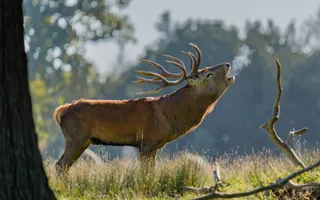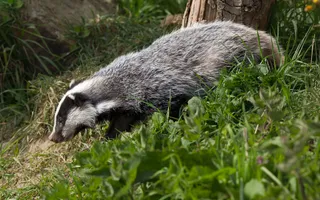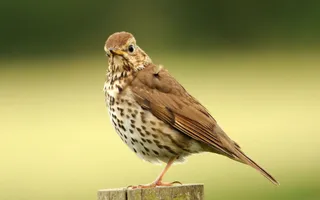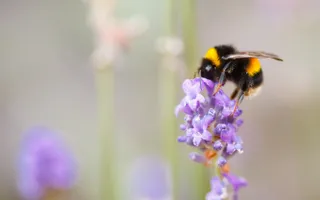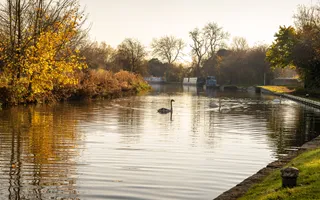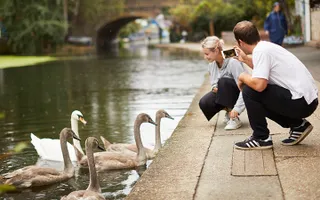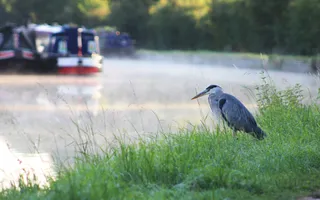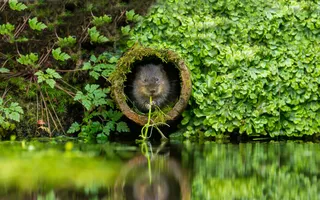Winter’s a great time to spot waterway wildlife so wrap up and head down to your nearest canal or river, whether you're an avid wildlife watcher or curious about the creatures living along our waterways.
Winter provides a unique opportunity to observe animals that are harder to spot during other seasons.
Winter mammals: deer, badgers and foxes
With dense woodland becoming sparse in winter, large mammals such as deer are much easier to see. Badgers and foxes are also easier to spot, particularly as the bright red fur of the fox stands out against dull, snowy backdrops.
Native red and roe deer can be seen both using our canal corridors and the fields nearby, and the introduced Muntjac deer can be common, even in urban canal areas.
Winter birds
Birds can be easier to see throughout the winter and although some of our familiar summertime species disappear, a whole host of others join us for winter.
Mixed flocks of birds use our hedgerow corridors to nest. Species, such as blue tits, great tits, coal tits and long-tailed tits frantically forage for hibernating insects and their eggs, as well as seeds and nuts.
During winter, you will hear the loud 'chack chack' of the fieldfares. These birds can often been seen with redwings which have also travelled from northern and mainland Europe in search of slightly warmer conditions. They're more likely to find food sources here, like hawthorn berries, holly berries and fallen, over-ripe apples.
Bewick's and whooper swans are also winter visitors and will gather in large impressive flocks over the colder months. Each bird has unique markings on their beak, so if you spot one regularly by the canal, you may be able to identify if it's the same one each time.
Winter insects
Although most insects hibernate through the winter, there are also a few brave insects that can be seen in the colder months, such as the winter moth, December moth and winter gnats.
Males of these species can often be seen lekking (swarming) in the winter sunshine over the canal banks. If you're lucky, you might spot one of these resilient insects even in the harshest weather.
How to spot wildlife in winter
Finding winter wildlife requires a bit of patience, but there are signs all around if you know what to look for. Here are some tips for spotting animals in the colder months.
In very cold winters, frost and snow can reveal many mammal footprints. Sometimes you can even see them on the surface of frozen canals – but don't be tempted to take a walk across yourself.
Likely culprits of larger prints could be foxes, badgers, or otters. Badgers and otters are the only mammals to have five toes touch the ground when they walk, so if you spot these tracks you'll know who they belong to. Badger footpads tend to be more elongated, whilst otter tracks sometimes have webbing marks between their toes.
Fox footprints are much harder to identify as they are very similar to a dog footprint. The best way to tell is to draw a horizontal line between the two forward toe pads and the back two toe pads – if you can draw a line straight through, it’s a fox track.
Smaller footprints could belong to weasels, stoats, polecats, wood mice, yellow necked mice or bank or field voles. Look closely, and you might be able to identify these smaller mammals, too.
Last Edited: 10 March 2025


